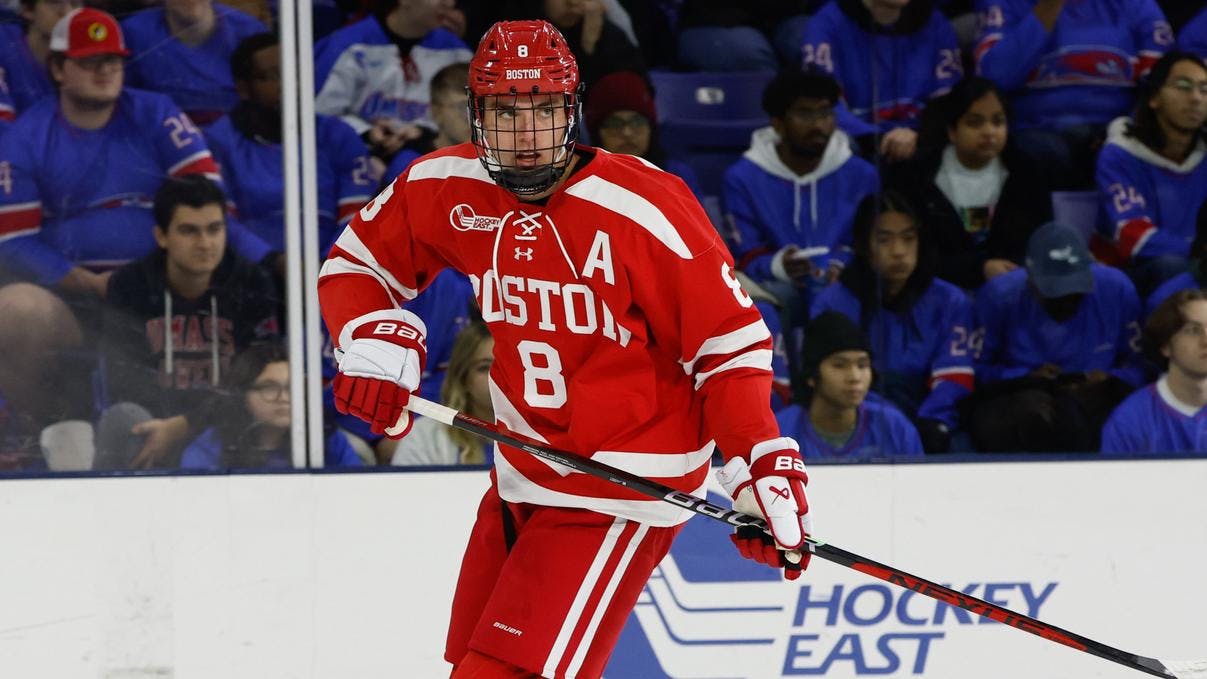What the Toronto Maple Leafs are getting in Cade Webber
Photo credit: Rich Gagnon/Boston University
By Steven Ellis
7 months ago
Breaking News
- Hildeby gets the start vs Blue Jackets, Woll is ‘close’, Kampf out, Reaves in
- Mats Sundin dishes on his book, the captaincy switch, and challenges of playing for Maple Leafs
- John Tavares featured in Lululemon’s new campaign with Fanatics
- NHL Betting Preview (Oct. 22): Maple Leafs vs. Blue Jackets Odds
- Mats Sundin compares Craig Berube to Pat Quinn & Pat Burns: Leafs Morning Take
